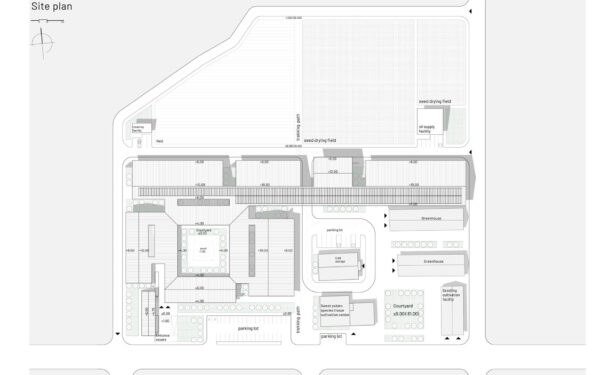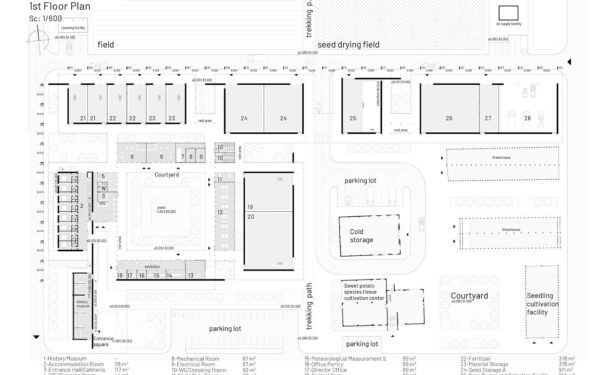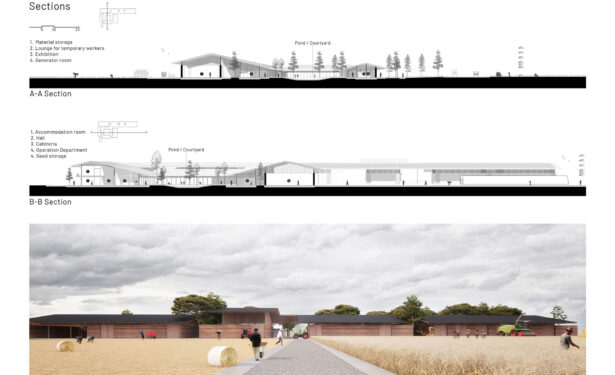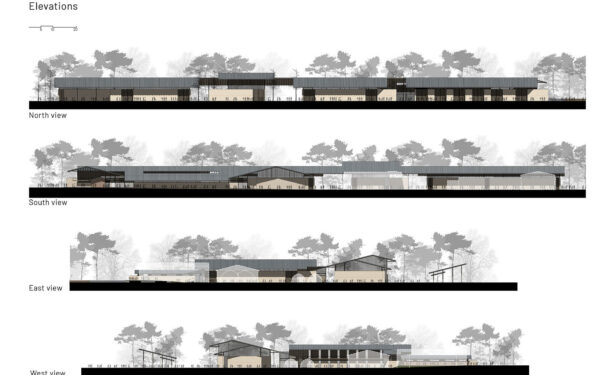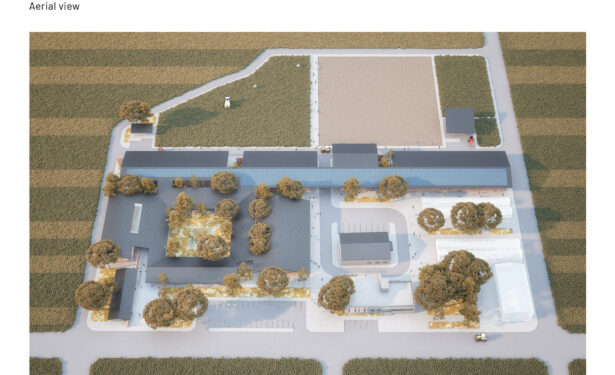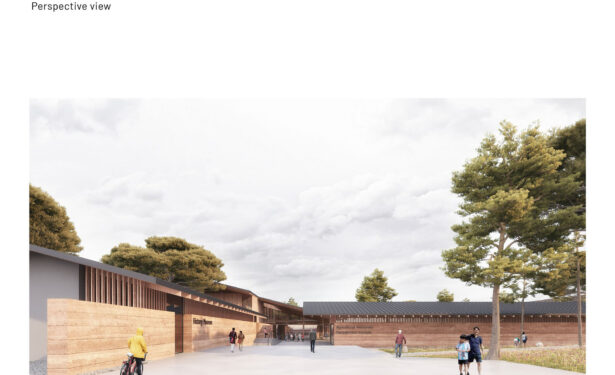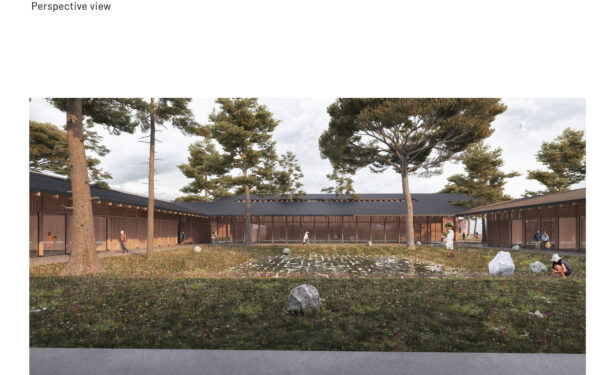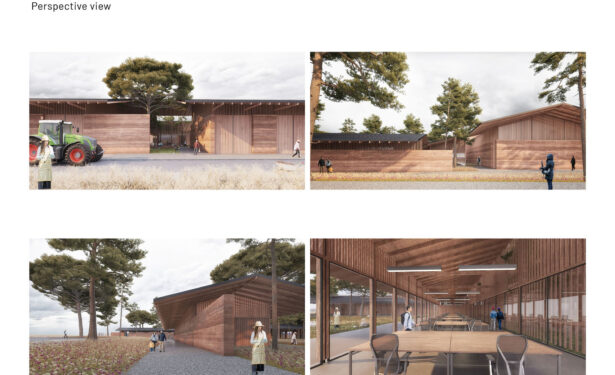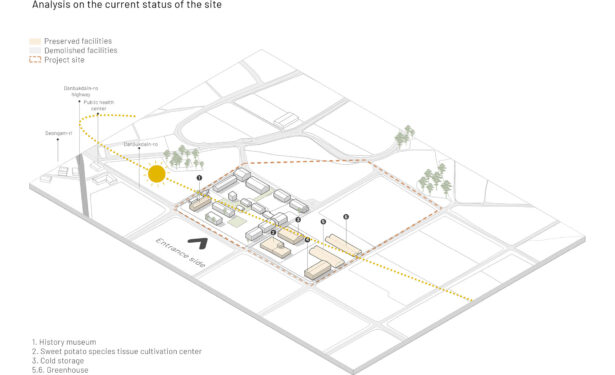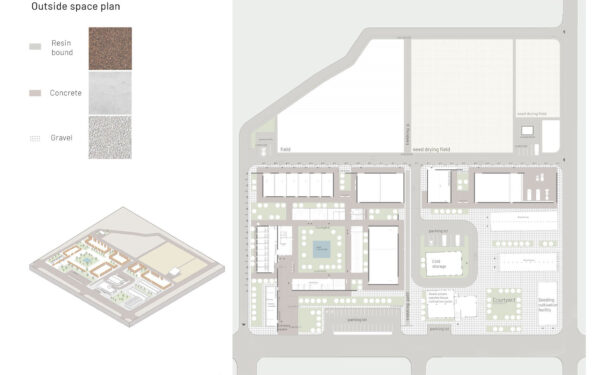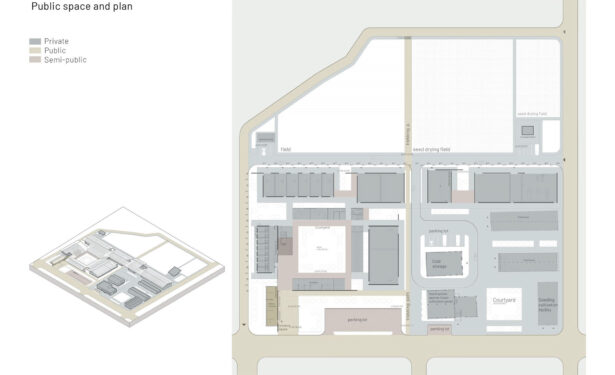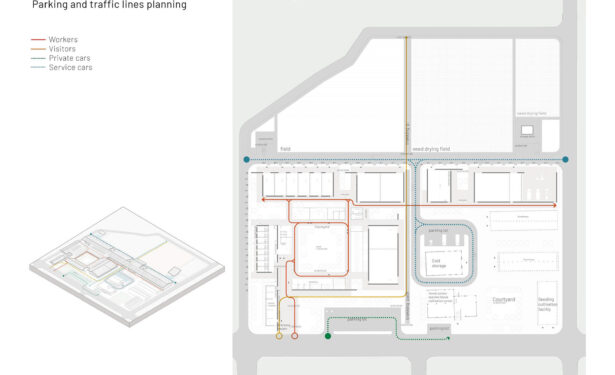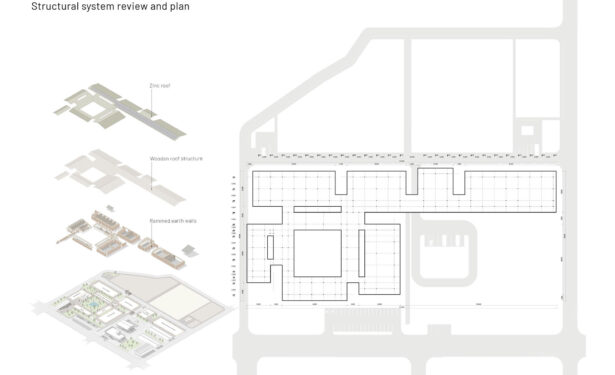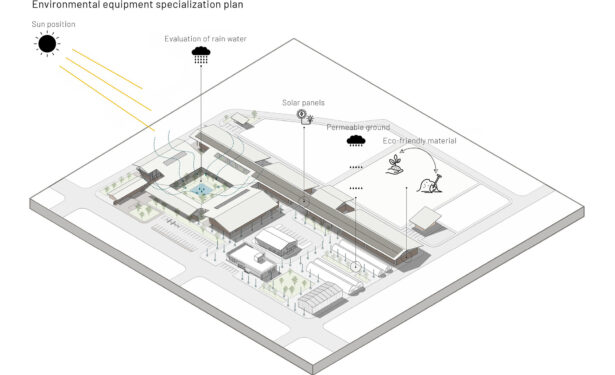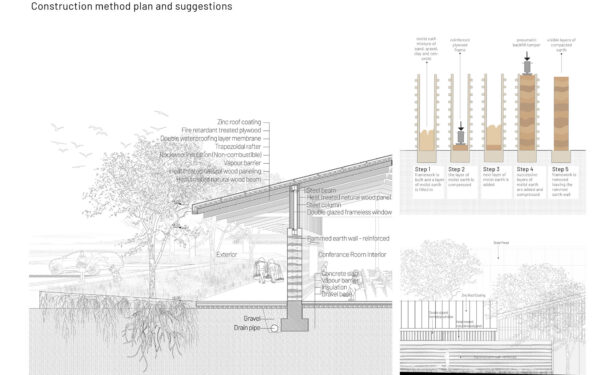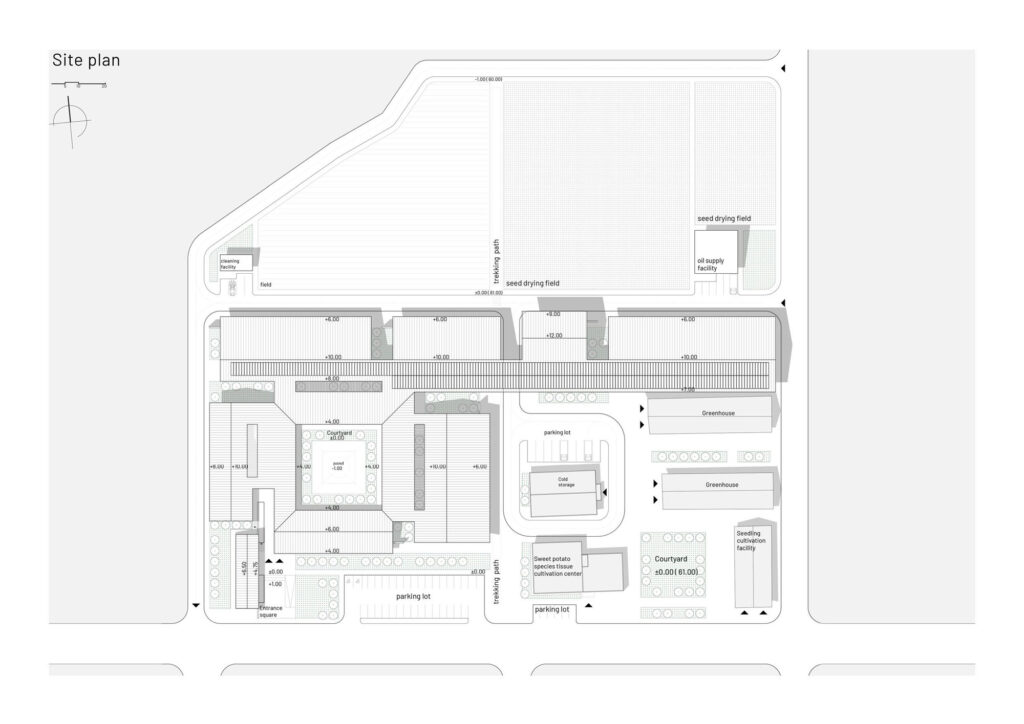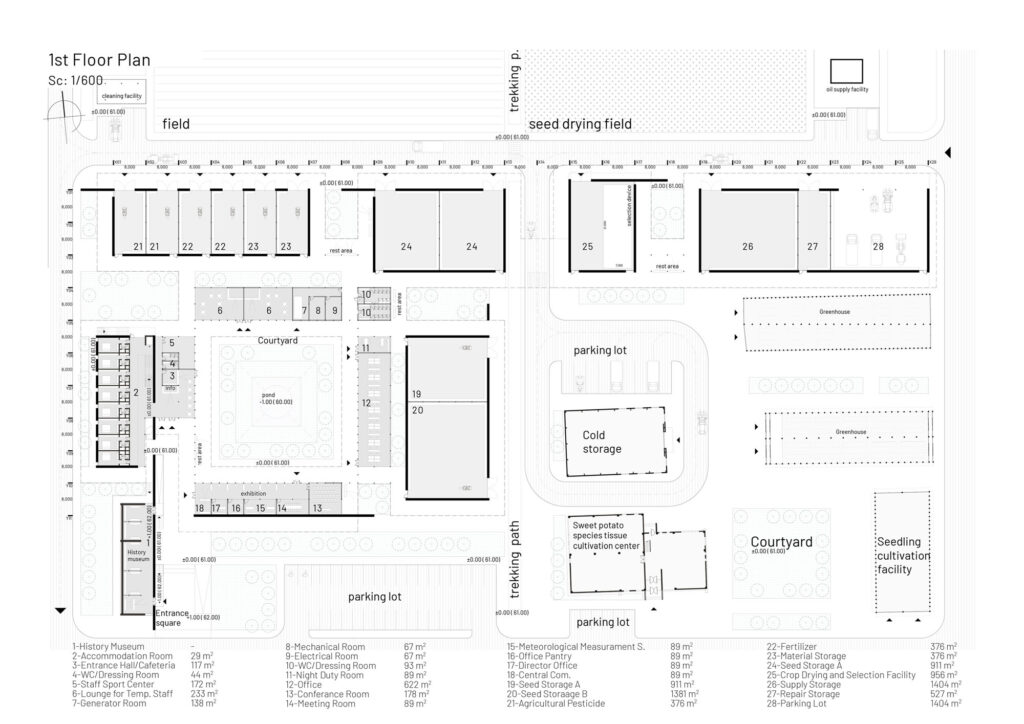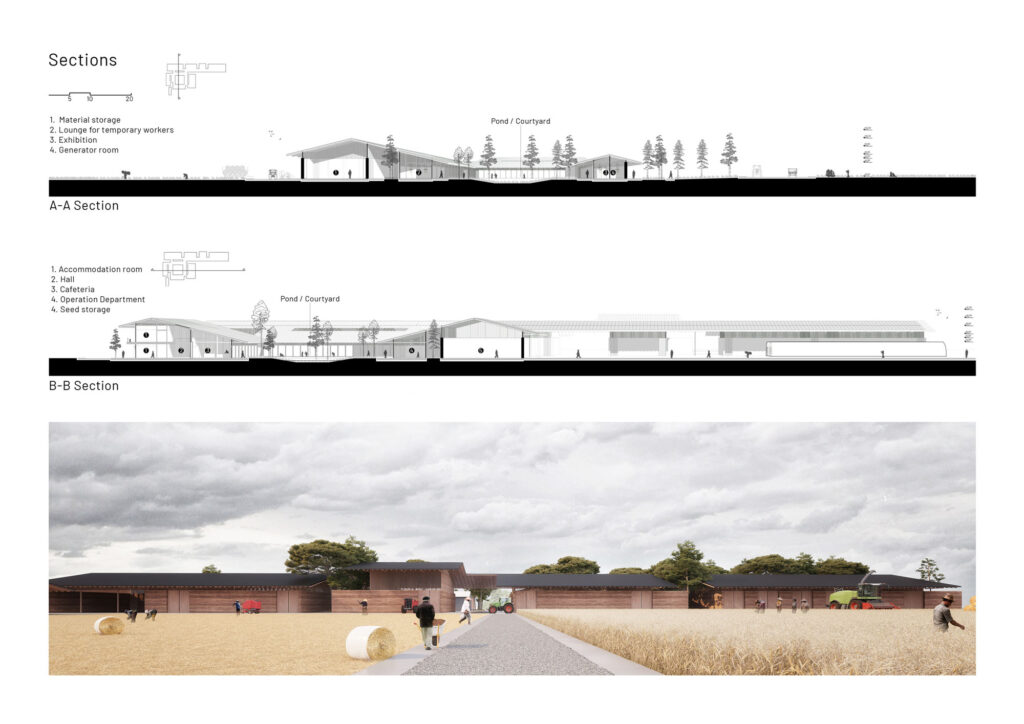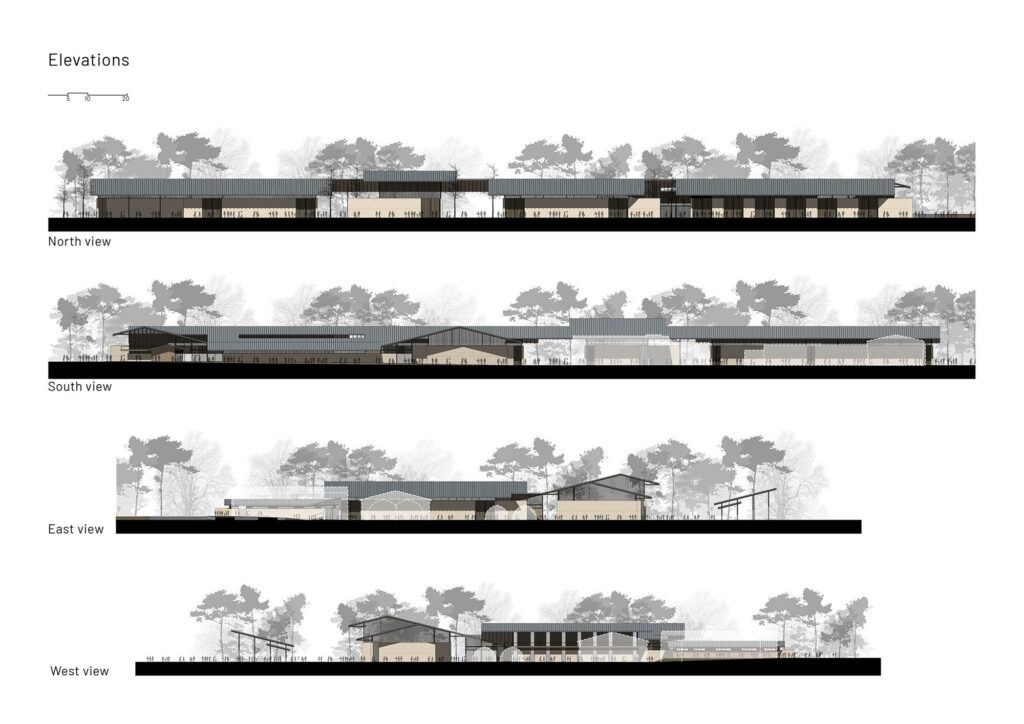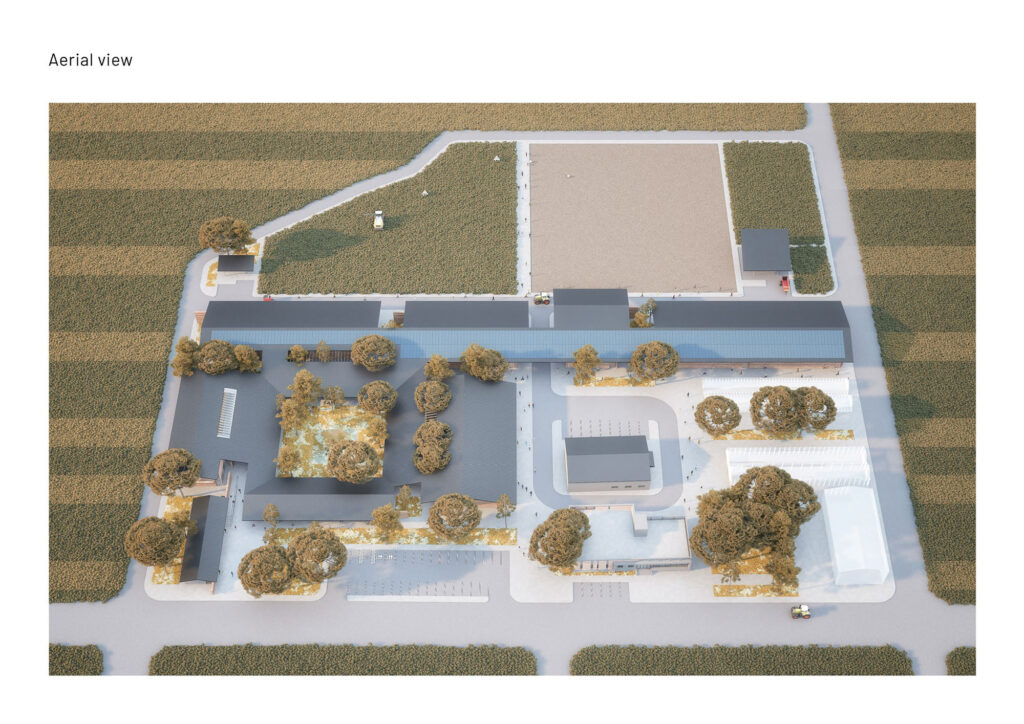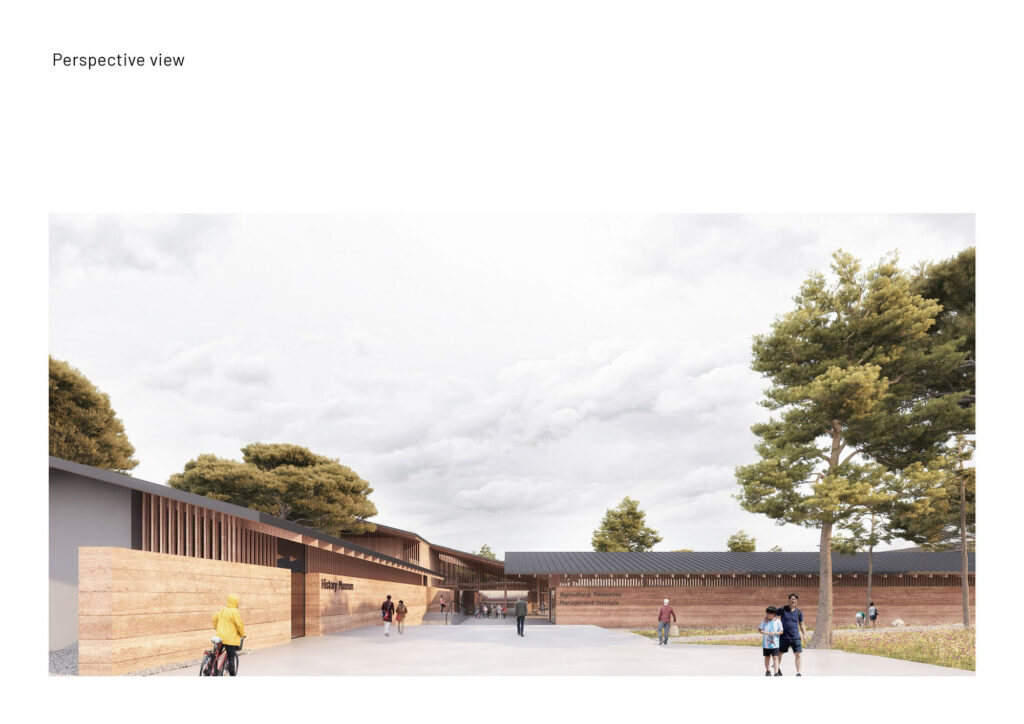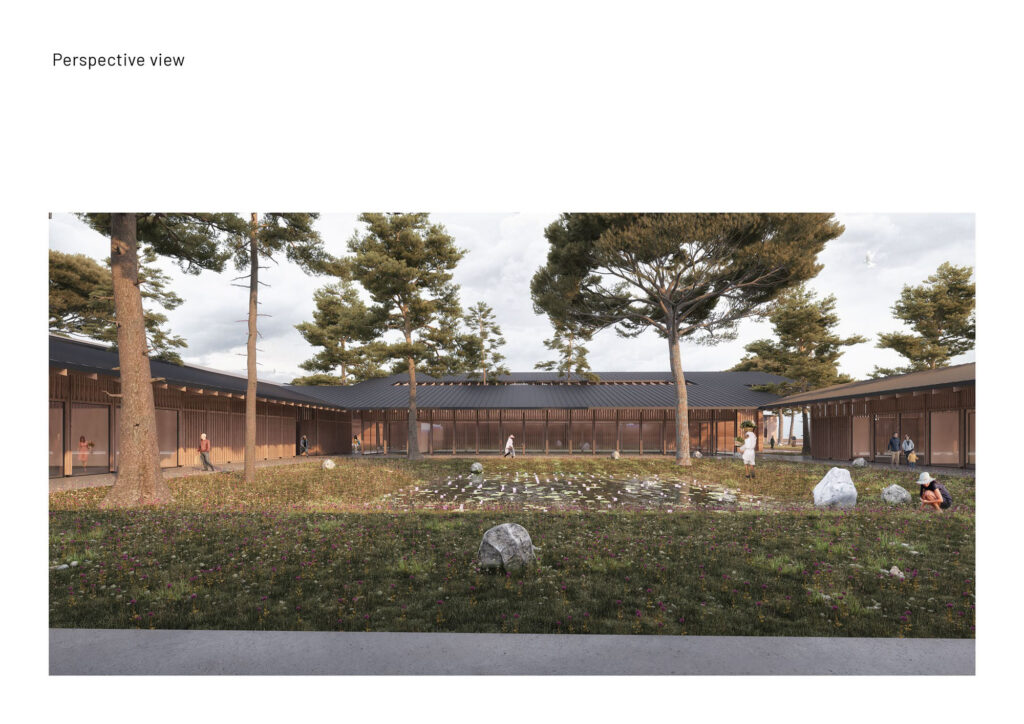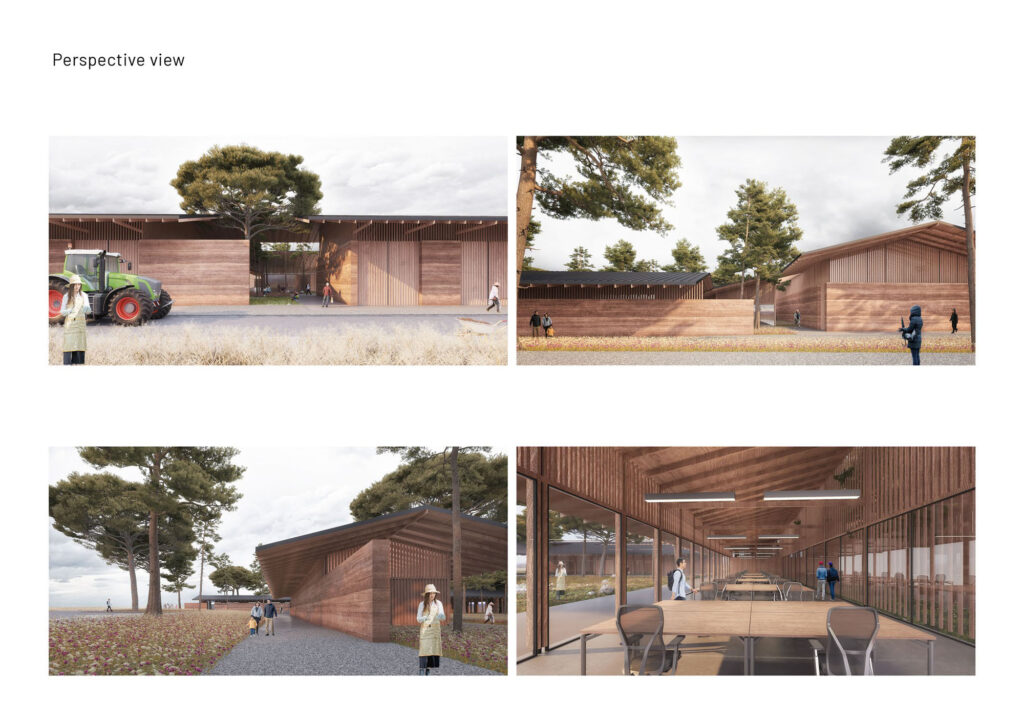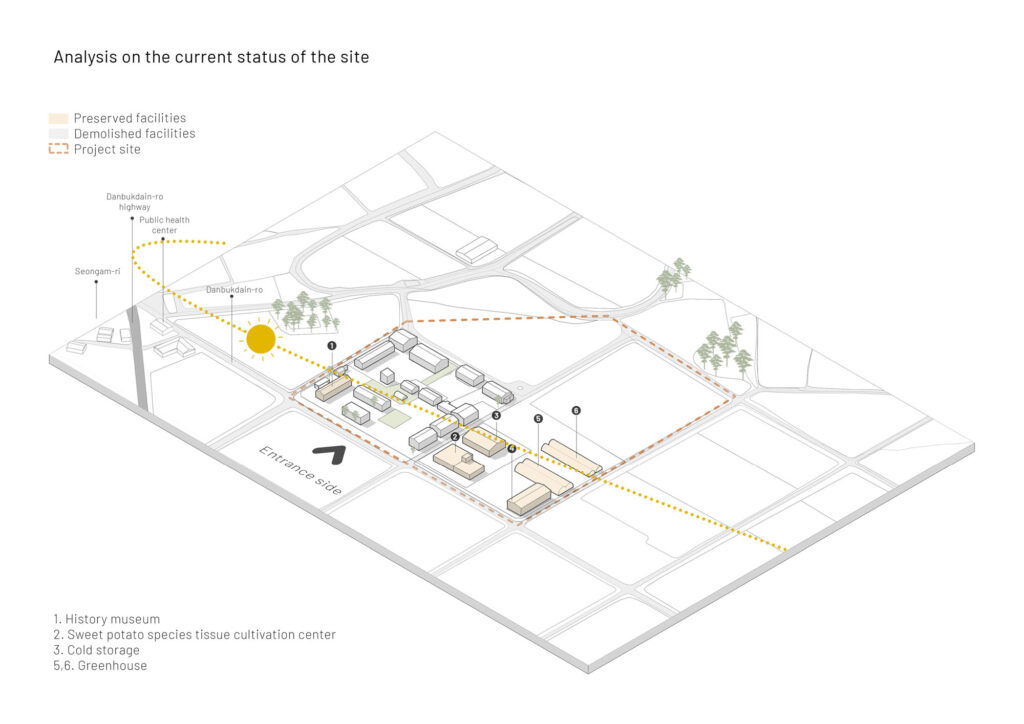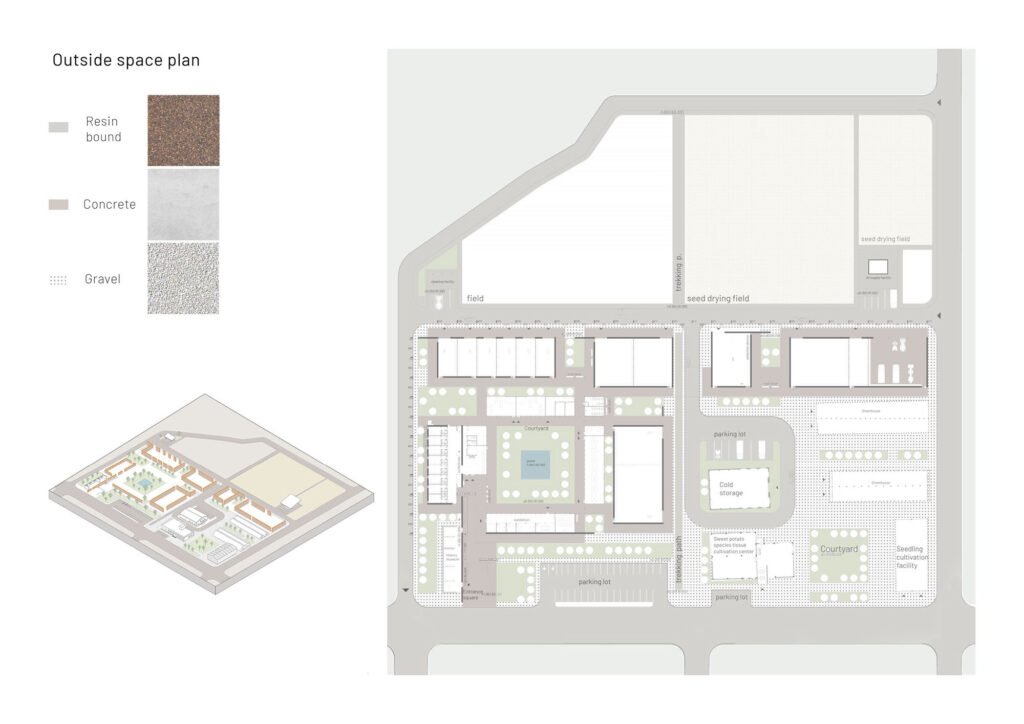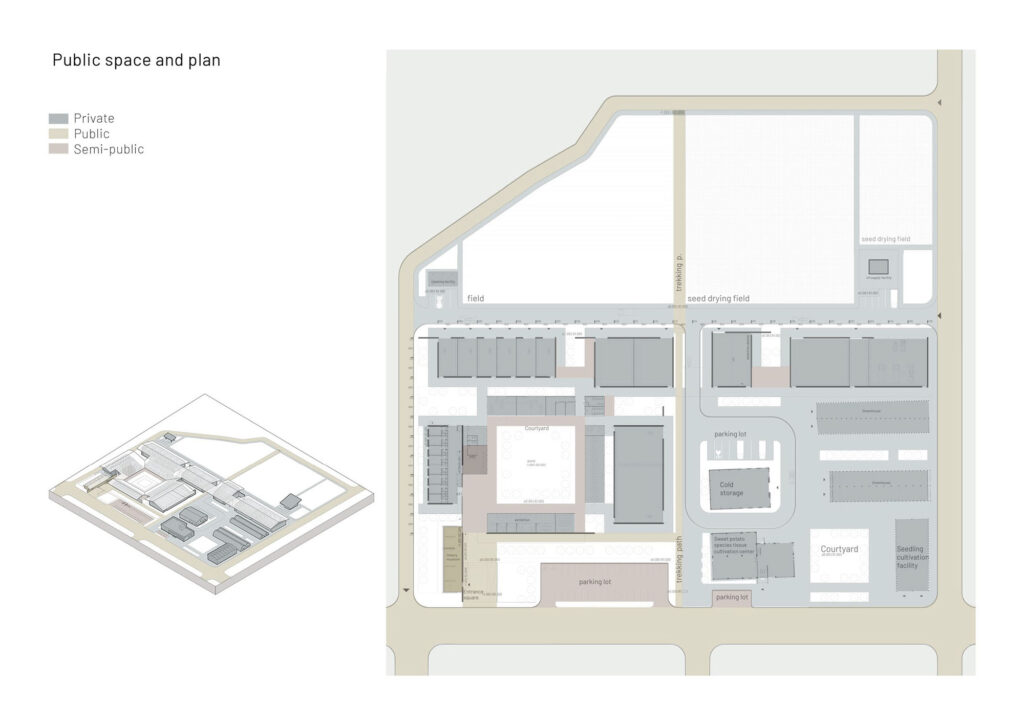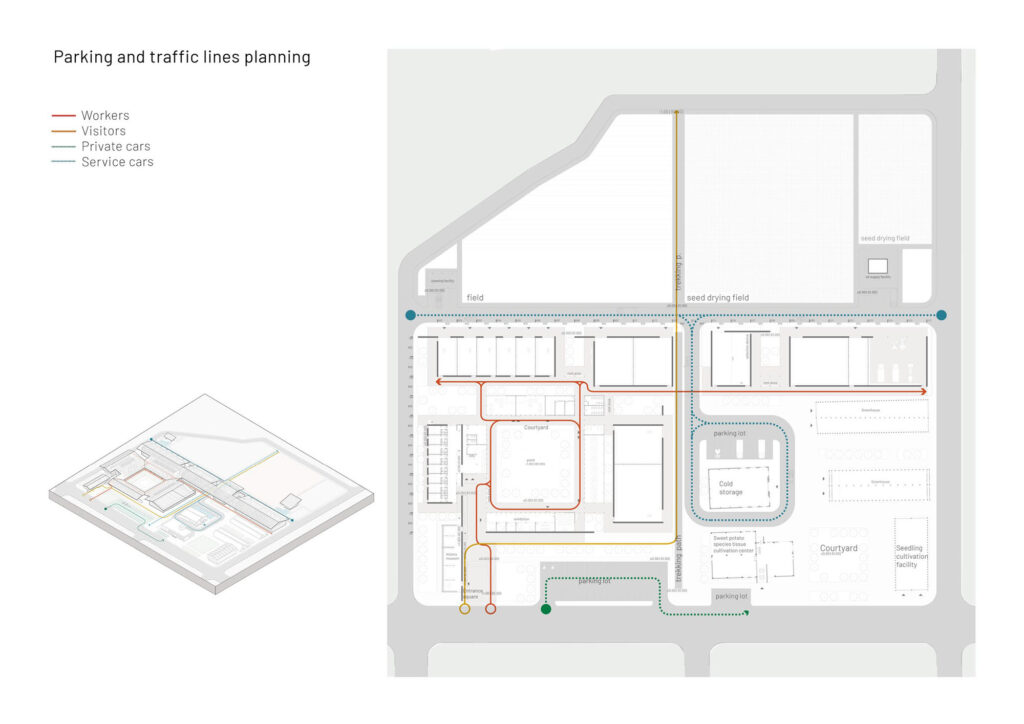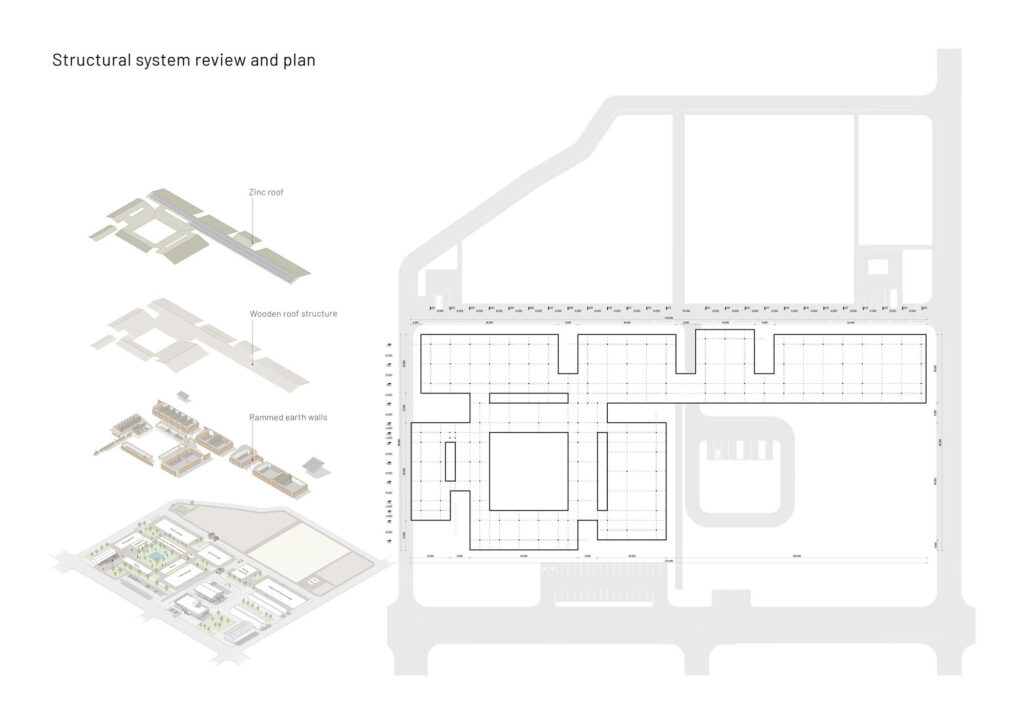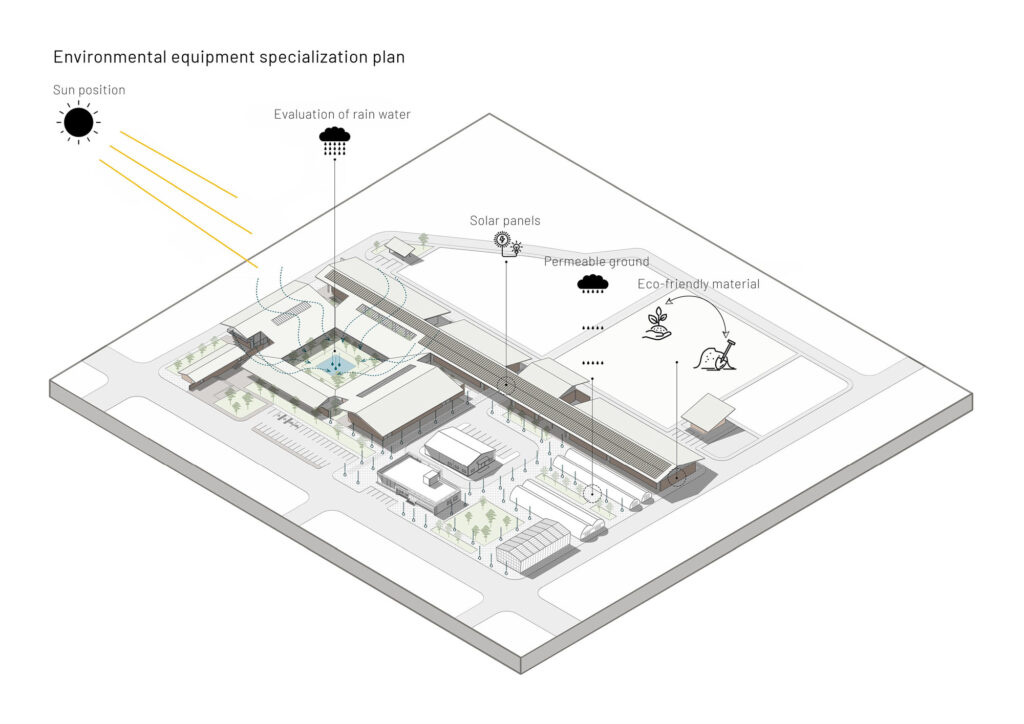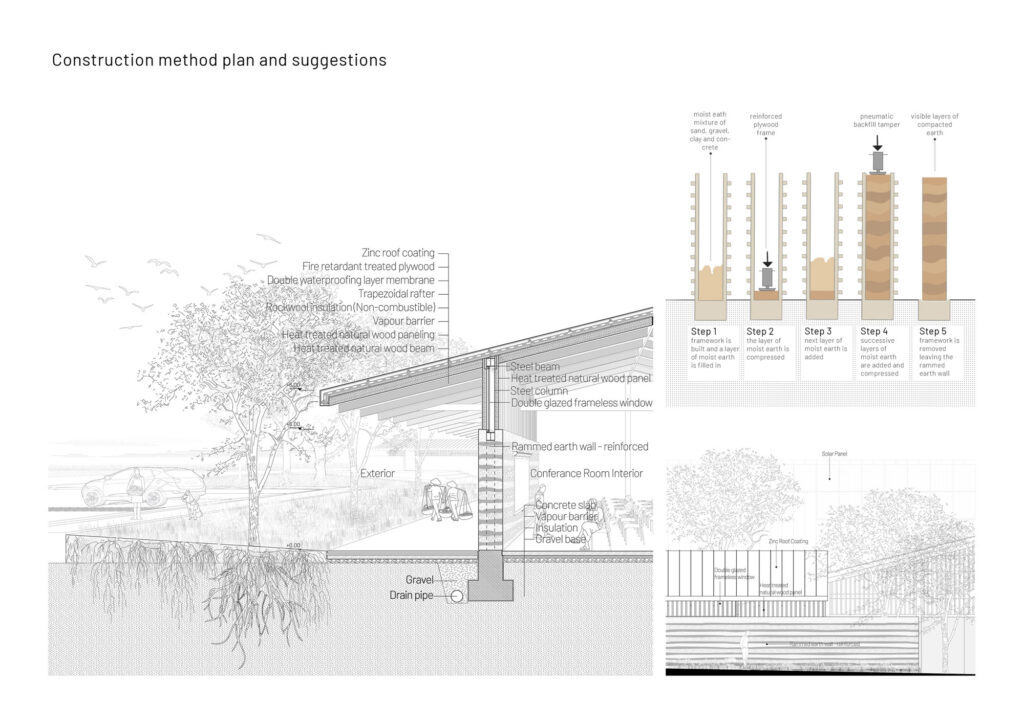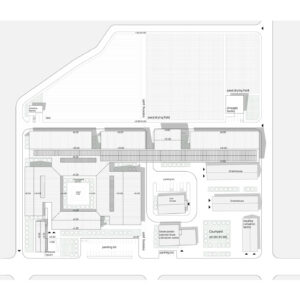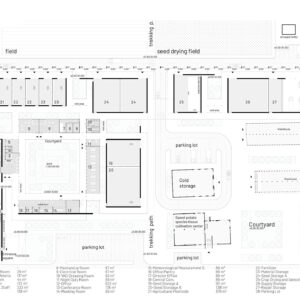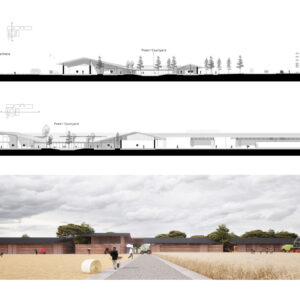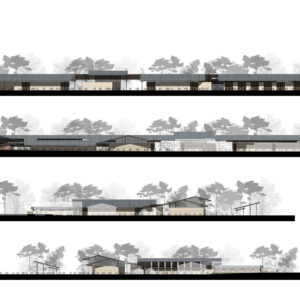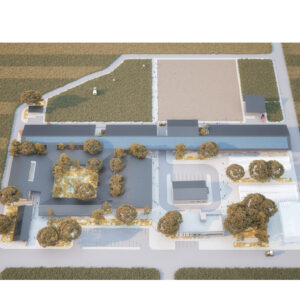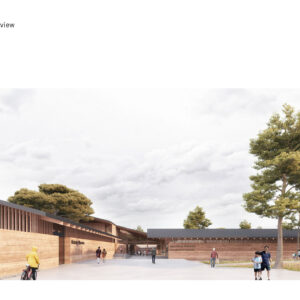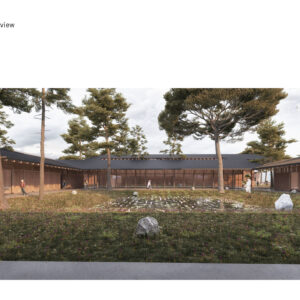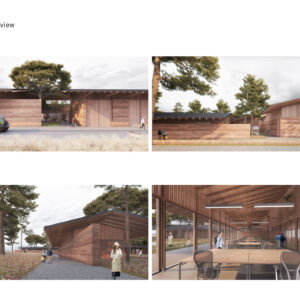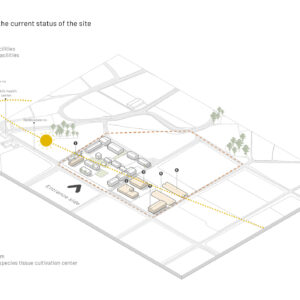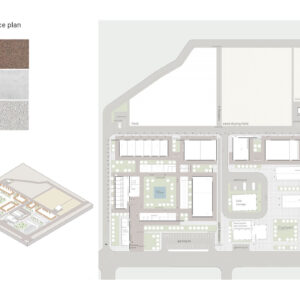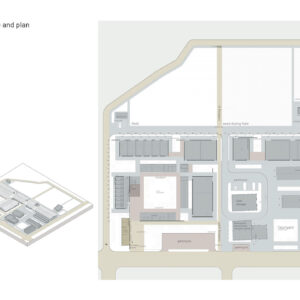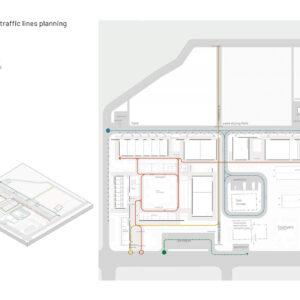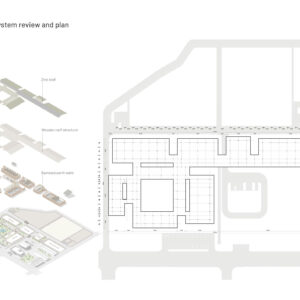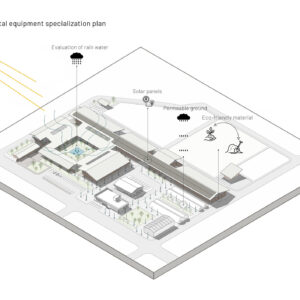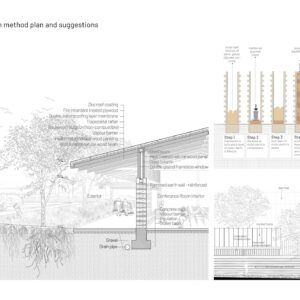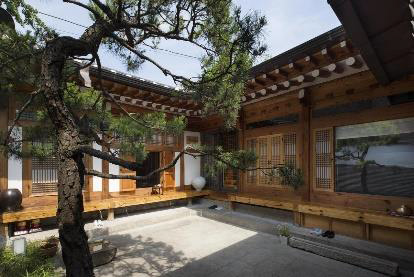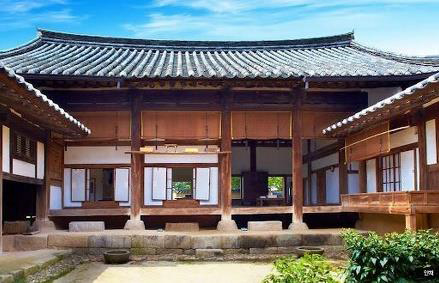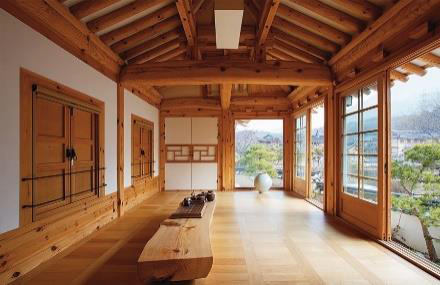- 24 Ekim 2022
- 4231 defa okundu.
5. Ödül, “Agricultural Resources Management Institute in Gyeongsangbuk-do” Uluslararası Mimari Proje Yarışması
Nous Architecture | Urban Design, proje önerisi ile 'Agricultural Resources Management Institute in Gyeongsangbuk-do' Uluslararası Mimari Proje Yarışması'nda 5. ödüle layık görüldü.
Learning From Vernacular
References
- Courtyard
- Wooden Structure
- Indoor Outdoor Connection
Vernacular building traditions are not the remnants of an underdeveloped or romantic past. Rather, they have been important for and relevant to many cultures and societies around the world. That holds true for the past and present, and it also will be valid in the future (Asquith & Vellinga, 2006). Vernacular principles have evolved over long periods of time in virtually every locale as people develop building techniques ideally suited to the materials available and local conditions such as the climate (Oliver, 1997). As such, vernacular-traditional settlements engender a smart, common sense approach to architecture that is attentive to the needs of people down to the last detail. In that way, artificial materials can also be used in a manner that most closely approximates their natural counterparts without solely drawing upon the surroundings but co-existing with them. (Ozorhon & Ozorhon, 2014).
Local building cultures have often been linked to a need that is recognized and valued in local societies: namely, the balance between humans and nature. This ancient quest for harmony corresponds to what is described today as sustainable development, and numerous good examples of this concept can be found across the globe. Although vernacular architecture and urbanism are good examples of climatic design, most modern buildings cannot provide comfortable, healthy spaces and sustainable environments for most of the year without resorting to the use of appliances. (Joffroy, 2016) Contemporary architects can learn from vernacularly built environments; developing a clear understanding of such environments (through their construction) will inevitably lead to the creation of sustainable environments because comprehending the vernacular system requires an understanding of spatial and temporal organization and its relationship with people as regards their physical surroundings. In that sense, vernacular architecture can be a source of inspiration for contemporary building designs as we learn from it and try to adapt modern buildings to the natural environment to the greatest extent possible. (Yüksek & Esin, 2013; Oikonomou & Bougiatioti, 2011).
Ozorhon, G. & Ozorhon, İ.F (2020). Learning From Vernacular Architecture in Architectural Education
Energy Conservation and Ecology.
The new building activities should recognize the natural energy systems that are at play in the built environment and aspire a symbiotic relationship with its surroundings. Learning and improving on the vernacular building principles that provided sustainable solutions to their energy needs for many generations. These principles can be a good leading point and a recipe for complex design requirements in new construction. Recognizing the micro climatic factors of a site in which a building is located can enhance much of the building natural energy patterns. Building and site orientation to solar exposure, wind, the effect of vegetation and their arrangement in space create a specific microclimate. An optimum design of open spaces, streets, gardens, and courtyards influences the sustainable energy patterns of a site and buildings significantly. In addition to orientation, building materiality, surface texture, colors of exposed surfaces of the building augment the pattern of energy. Conservation should be a strategy in all-new building activities. Our proposal aims to establish strong relationships with ecological data and context. The proposed new buildings were placed in place of the buildings to be demolished.
